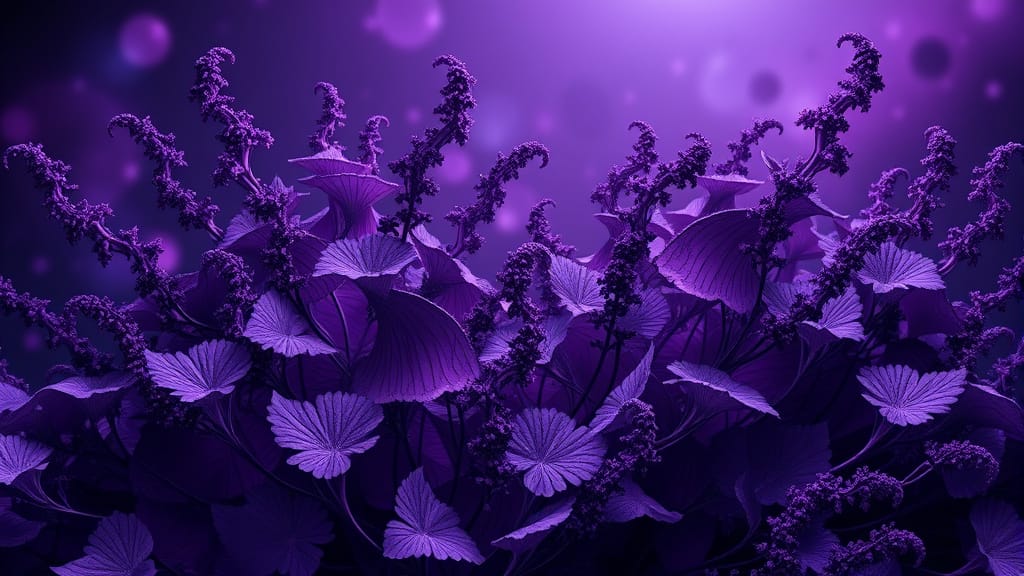The traditional Māori healing system is known as Rongoā Māori, and it is a holistic practice involving physical, spiritual, and herbal remedies.
Māori utilized over 200 native plants (Rongoā Rākau) for medicinal purposes.
Here is a list of 20 well-known traditional Māori plants and their common uses.
| Name (Māori) | Common Name | Parts Used | Traditional Uses (Rongoā) |
| 1. Kawakawa | Māori Pepper Tree | Leaves, Bark, Root | Anti-inflammatory, analgesic. Used for cuts, wounds, skin conditions, stomach aches, and to ease the pain of toothache (by chewing the leaves). Infusions used as a general tonic. |
| 2. Harakeke | New Zealand Flax | Root, Leaves, Gel (Muka) | Antiseptic, healing. The gel from the leaves is used for burns, cuts, boils, and wounds. Root boiled for constipation, diarrhoea, and as a “blood purifier.” Leaves used as splints or bandages. |
| 3. Mānuka | Tea Tree | Leaves, Bark, Gum, Oil | Antiseptic, antimicrobial. Used for fevers, colds, coughs, and kidney problems. Bark decoction is a sedative and used for diarrhoea/dysentery. Oil is a potent antiseptic. |
| 4. Kānuka | White Tea Tree | Leaves, Bark | Similar to Mānuka. Used for aches and pains (rheumatism), to reduce fever, and in steam baths for chest complaints. |
| 5. Koromiko | Hebe | Young Shoots, Leaves | Astringent, for digestive issues. Young leaves are chewed for diarrhoea, dysentery, and to support kidney and bladder function. Poultices used for ulcers. |
| 6. Kūmarahou | Gumdigger’s Soap | Leaves | Respiratory relief. Infused leaves used as a tonic to treat coughs, colds, asthma, and bronchitis. Also used as a blood purifier and for skin disorders. |
| 7. Pūhā | Sow Thistle | Leaves, Stems | Tonic, diuretic. Boiled leaves eaten as a vegetable to treat rheumatism, boils, and general malaise (as a blood purifier/tonic). |
| 8. Kōwhai | Kōwhai Tree | Bark, Juice | Wound healing. Bark is heated and made into a poultice for wounds, cuts, and sore backs. Juice of the bark used to treat wounds and skin diseases. (Note: Seeds are poisonous). |
| 9. Rātā | Rātā Vine / Tree | Bark, Nectar | Diarrhoea/Dysentery, healing. The inner bark steeped in water is drunk for digestive issues. Bark poultice applied to sores, wounds, and abscesses. Nectar used for sore throats. |
| 10. Kōpata | Native Geranium | Leaves, Whole Plant | Used externally for eye trouble and to reduce swelling. |
| 11. Ponga | Silver Fern | Frond Base | The soft inner part of the frond base was used as a wound dressing and applied to skin burns and wounds to stop bleeding. |
| 12. Mamaku | Black Tree Fern | Pith, Bark | Bark used as a poultice for boils, sores, and swollen feet. The inner pith used to treat diarrhoea and dysentery. |
| 13. Horoeka | Lancewood | Bark | The bark was boiled and the liquid used for cuts and wounds. |
| 14. Tī Kōuka | Cabbage Tree | Shoots, Roots | The shoots and roots were eaten to treat stomach issues, including diarrhoea and dysentery. |
| 15. Māhoe | Whiteywood | Inner Bark, Leaves | Inner bark used to treat burns. Infusions of the leaves were used to help with rheumatic pain. |
| 16. Pukatea | Pukatea Tree | Bark | Analgesic. The bark was steeped in water and used for chronic pain, toothache, and various ulcers. |
| 17. Karamu | Coprosma | Leaves, Bark | Leaves were crushed and applied to wounds and cuts. Decoction of the bark used for aches, pains, and colds. |
| 18. Whau | Corkwood | Bark | Used in steam baths for broken bones, and to treat scabies and skin conditions. |
| 19. Titoki | Titoki Tree | Bark, Leaves, Oil | Infusion of the bark and leaves used internally as a tonic. Oil from the seeds was used to treat dry skin. |
| 20. Rimu | Red Pine | Inner Bark, Gum | Inner bark was beaten into a pulp and applied to burns. The gum was also used for cuts and wounds. |
It is important to remember that Rongoā is a holistic system that includes more than just the plants. Traditional practitioners (Tohunga or Kaimirimiri) also use spiritual practices (Karakia) and massage (Mirimiri or Romiromi). When using traditional plant remedies, it is crucial to observe proper protocols (Tikanga) for gathering, preparing, and applying the plants, as some parts of certain native plants can be toxic if not used correctly.

